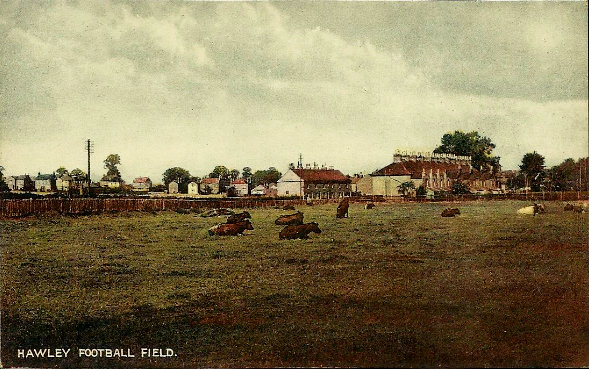The importance of the local paper has declined in our digital world. It was in the 19th century the main source for all news unless you bought a national daily paper, and as they were expensive, most people did not buy them. In the 20th century, cheaper daily papers were being published (the Daily Mail had started in 1896, the Daily Express in 1900 and the Daily Mirror in 1903) but the local paper was still the main source of local news, and so family notices for weddings and funerals could be very detailed. Wedding announcements usually gave details of employment, and for some there are even lists of presents. For funerals, there is often some autobiographical detail, as well as a list of those who attended (and their relationship to the deceased) and who sent flowers. These can be useful if you are tracing your family tree.
During the Great War, there did not seem to be that many local notices, probably because there were restrictions on paper, but on 15th February 1915 the Dartford Chronicle noted the death and funeral of Thomas Webster, which gives the date of the formation of two local organisations.
Thomas Webster, of 5 Hawley Terrace, had died the previous Thursday (4th February) after a very painful illness that lasted five months. Mr Webster was 56 years old and had worked for the past 19 years at the local paper mills of Messrs T.H. Saunders & Co. For over fifteen years he had held the secretaryship of the Sutton at Hone Friendly Society and was a most energetic member of the local football and carnival committees since the year of their formation, 1906.

Hawley Terrace is the row of houses to the right on this picture
The funeral took place on Monday 7th February at St. John the Baptist, Sutton at Hone, and the service was taken by the Vicar, Rev A. E. Bourne, the chief mourners were the widow, Mrs Eliza Webster, his daughter Mary (Mrs C. Carpenter) and sons William Webster and Albert Webster, Mrs P Ward (niece), Miss L. Hollands (sister-in-law), Miss M. Webster (sister), Mr & Mrs B. Hollands (brother and sister-in-law), Mr & Mrs F. Hollands (brother and sister-in-law), and Mrs T. Williams (cousin).
Thomas Webster was born in Wrotham in 1858, the son of Thomas and Mary Webster (nee West), and was by 1881 working in a paper mill as a paper maker cutter. He married Eliza Hollands in 1884, and by 1896 the family had moved to Hawley, and in 1901 they were living at 8 Mill Road, and by 1911, they were living at 5 Hawley Terrace.
